Small Drawing and Painting Studies
After last week’s post, you sent some lovely emails questioning the definition of a small drawing or painting study, and how exactly does it serve an artist? Some of us like to just Dive Right In, so lets unfold this one now…
Think of sketching and painting small studies as a strategic planning session for the board of directors that is your art-brain.
By working small and quick on the basics: shape, values, composition, cropping, and editing (what to keep, what to remove), you’re making decisions to preserve the best parts of a scene, before you even start.
Leave all your mistakes in your sketchbook. ~Timothy J. Clark
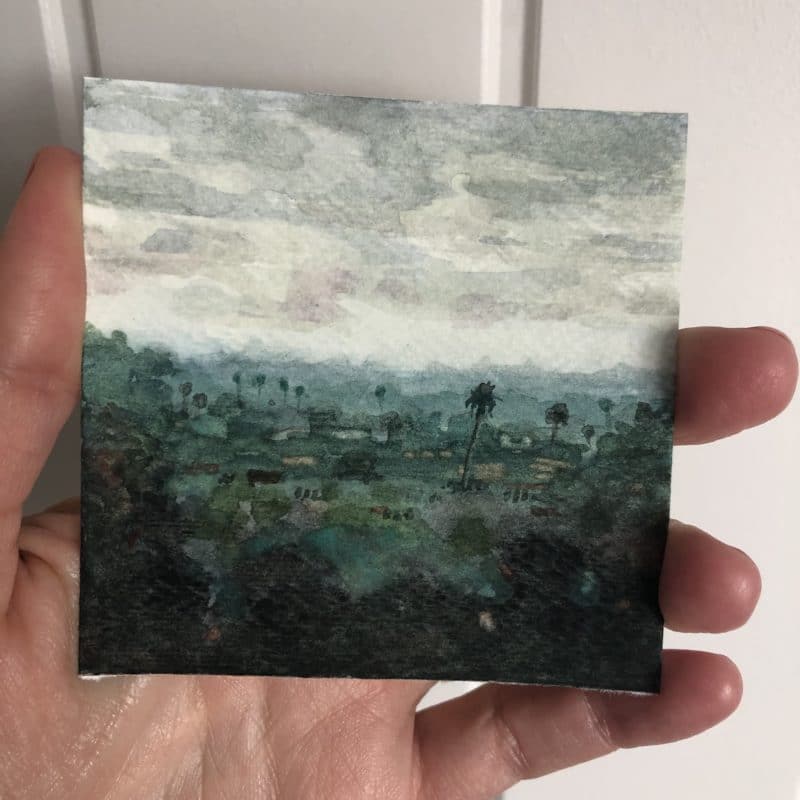
Practice Deciding
Making all of those choices while working on the actual painting – especially in watercolor – is risky if you’ve gone too far in laying down pigments on the paper.
And any pre-motor-planning we can do to thin the avalanche of decisions being made during the painting process leaves more air around our creative intuition.
Small studies are a brainstorming session to build your best painting plan ahead of time.
Here (below) are some inspiring examples from wonderful artists.

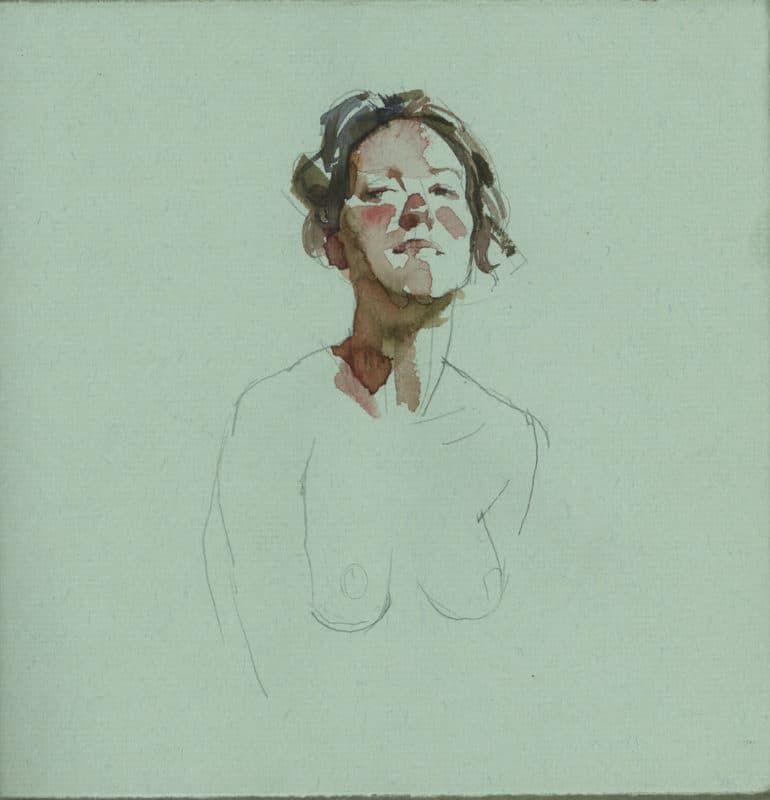
Science Says You Should Make Stuff
Read this article listing seven scientific reasons about why you should be making art, even if you’re bad at it.
I like this notion: persevere, even if everything sucks. I’d say, ESPECIALLY if everything sucks.
No one gets better at any physical activity by just thinking or reading about it. You have to DO the activity. Can you improve piano playing by studying the mechanics of the piano? Will you get faster at sprinting by reading about other racer’s lives? Make art.
Painting, sculpting, dancing, making music, and all the other artistic pursuits have benefits that go far beyond pure enjoyment or cultural creation — these activities can also strengthen your brain and improve your mood.
Sean Kane
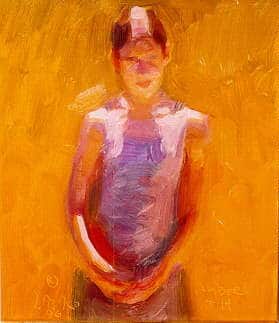

Choose One Lollipop from the Bowl, Sweetheart
This article does a great job of breaking down a system to think about and strategize your growth in drawing.
As beginners, we sometimes try to master All The Skills, All the Time.
Instead of trying to get masterful at drawing everything on the planet, try deliberate practice at sketching one thing you want to be good at – like eucalyptus trees, specifically.
Not pines, or birches, or cottonwoods – just one type of tree – till you can sketch one fluidly, with ease.
Deep, focused practice on a single subject is more effective at mastery than broad, shallow, skipping around to get sort-of good at 100 things.
You need to decide what you want to be able to draw. Instead of trying to mix Latin and Chinese signs and wondering why they don’t mean anything together, focus on one. Don’t jump from one topic to another…
Monika Zagrobelna
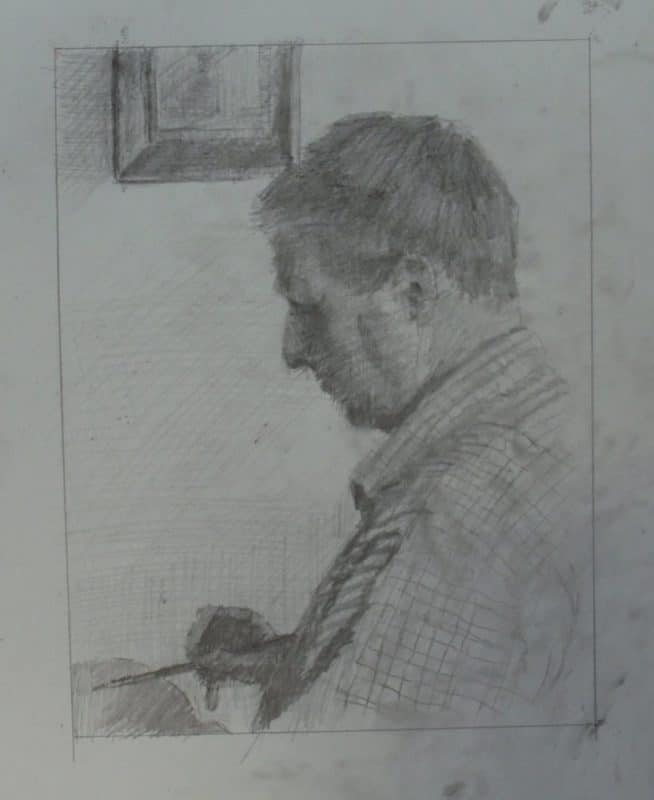
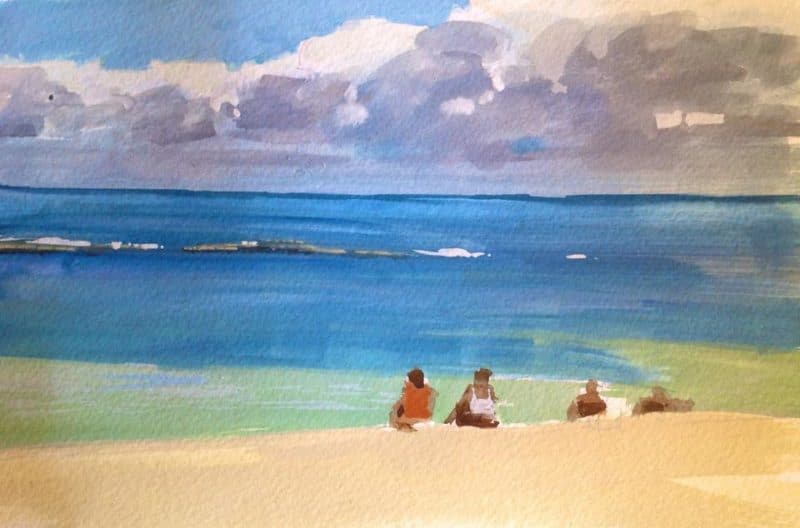
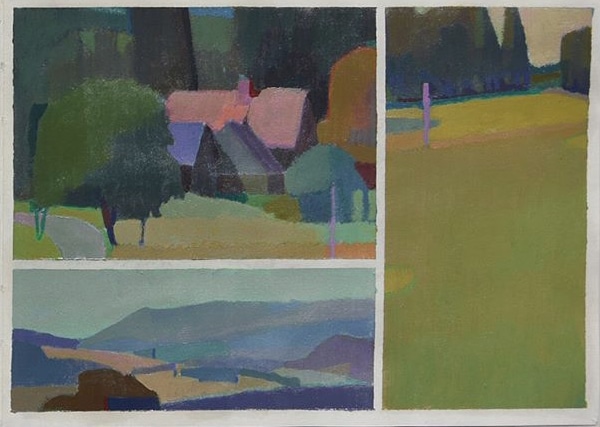
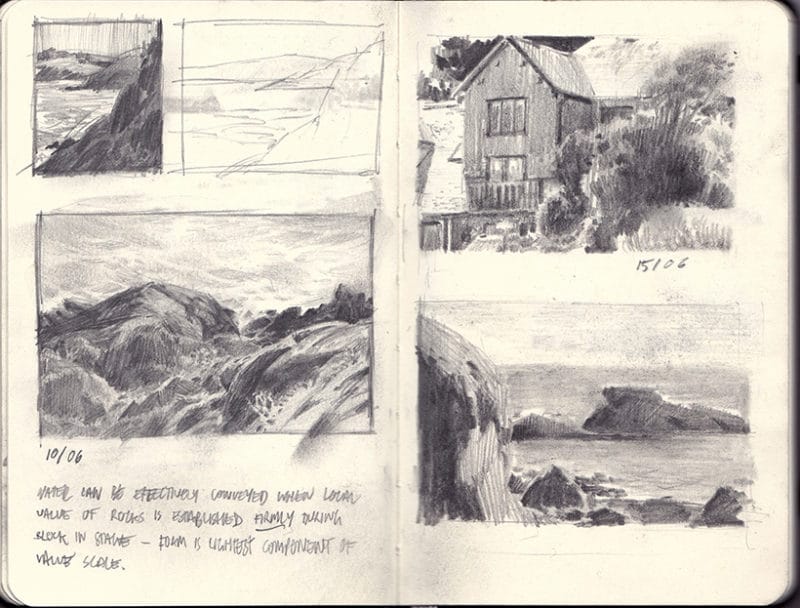
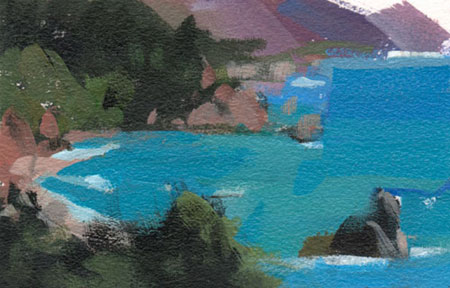
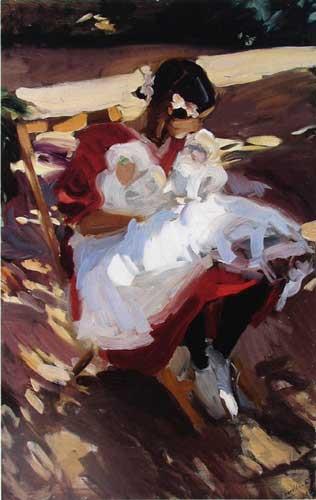
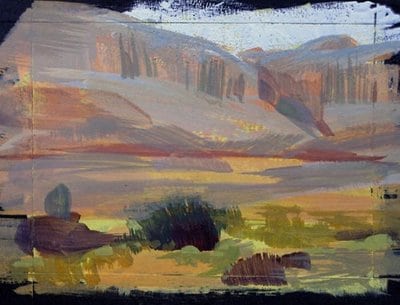
Getting Started
Some of us (I’m holding my hand up) tend to overthink things. Analysis Paralysis is real, and it’s not easy to catch ourselves, and hit the Stoppit Button if overthinking is habitual.
This article is a nice bit of encouragement to just get started. I think Starting is one of the most challenging obstacles to making art for some artists. I wish I had a magic wand to wave over everyone who has ever stalled through – and lost – a 30 minute opportunity to make art by fretting about it instead.
Leap over the noise in your head, and just begin.
Whether it’s painting, building airplanes, or figuring out how to make a paycheck last to the end of the month, it all stems from the same creative capacity. And there is no better way to flex that creativity muscle than to do art, be exposed to art, and to think about art.
Augustin Fuentes
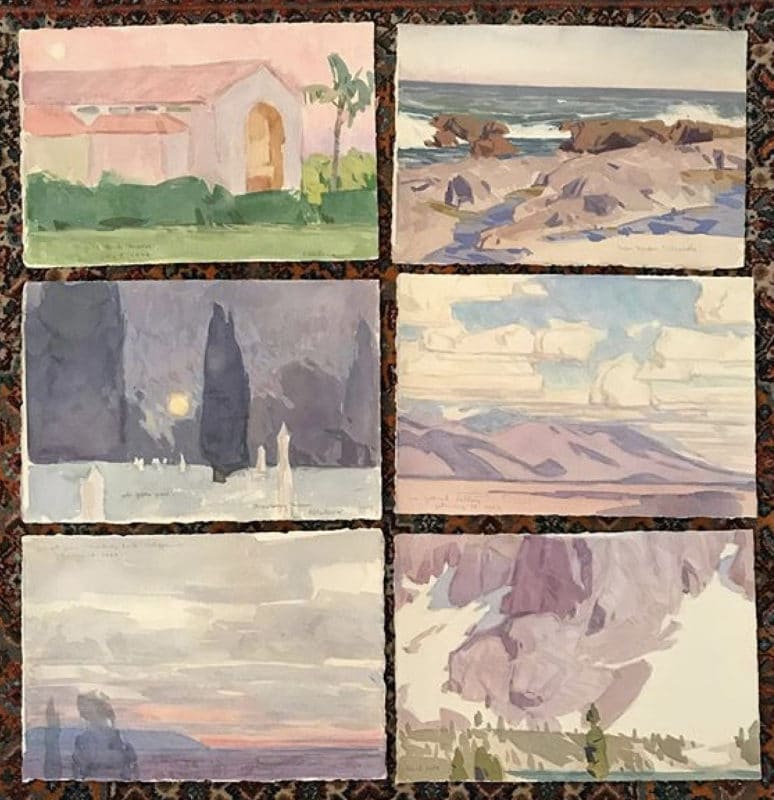
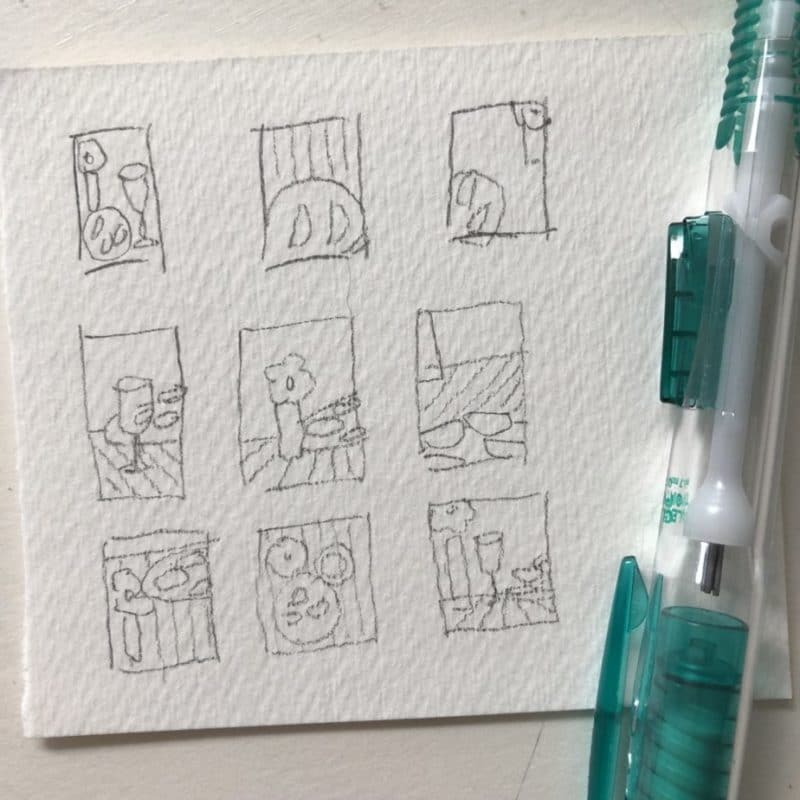
Keep it Simple
Try not to overwhelm yourself with the idea of filling a page with thumbnails, or small color studies. The simple still life arrangement studies above are mini tests of views I arranged and photographed for a linocut of a still life.
A little wandering in your kitchen cabinets and the refrigerator might produce just the sort of subject you’d like to sketch or paint in your own kitchen. You can read about how to set up a simple still life so you can practice in your kitchen over here.
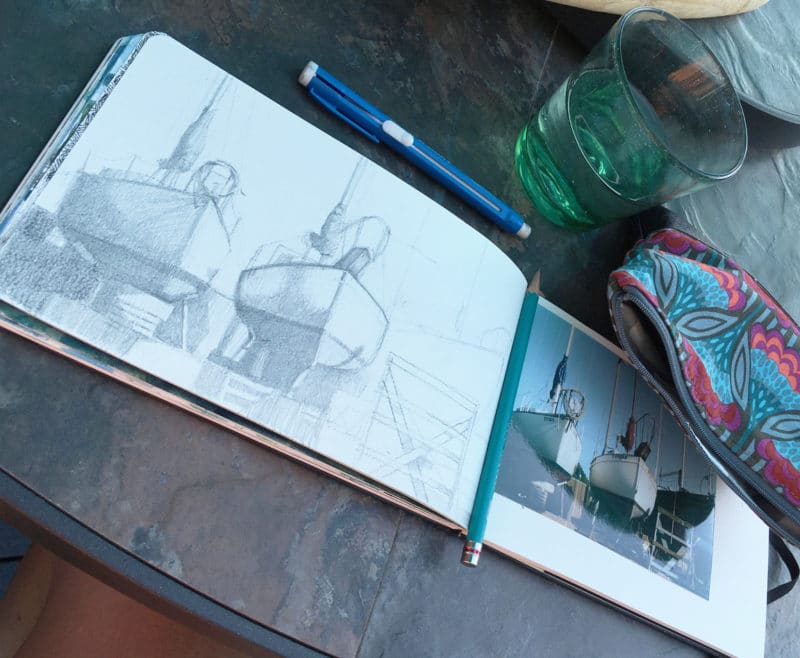
Make Some Time for This One
Mitchell Albala is a very popular workshop instructor, and a wonderful landscape artist in Seattle.
His book Landscape Painting: Essential Concepts and Techniques for Plein Air and Studio Practice is a best seller.
If you’re wrestling with simplification and building a habit of using small sketches and color studies to improve your painting abilities, this article by Mitch might help.
I think there is enough direction in that single post to give you a mini workshop from afar, if you practice what he’s recommending for just a few afternoons.
What say you?
The 4-value exercise is one of my favorites, because it is always such a revelation to students. It is as much about value relationships as it is about simplification and massing. The goal is to translate the subject using just four values.
Mitchell Albala
Plan Your Work, and Work Your Plan
I hope your plan for the next few weeks includes strategies to make stuff with your hands. Leave a sketchpad near your favorite evening chair, with a few reference photos, a pencil and an eraser tucked inside. You can unwind tonight with just 30 minutes of sketching value studies, or compositional arrangements. Every little bit of art-making revs our creative engines to do more.
Thanks for stopping by and I’ll see you in the next post –
Belinda
P.S. If you have friends who could use a little encouragement to make art, share this post with them.
P.P.S. You can subscribe to get each new post via email by signing up here.
P.P.P.S. Come and say hello over on Instagram.
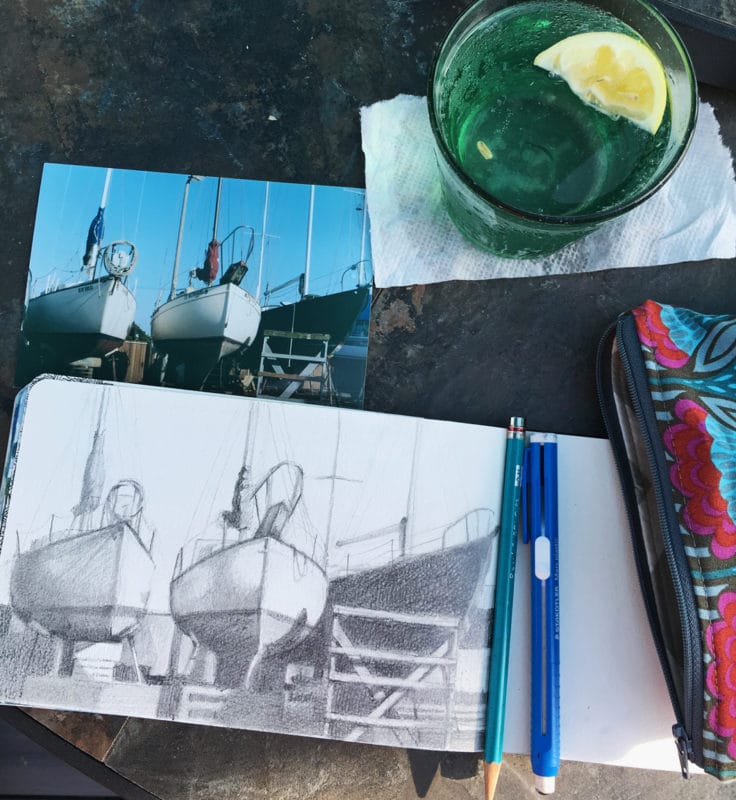
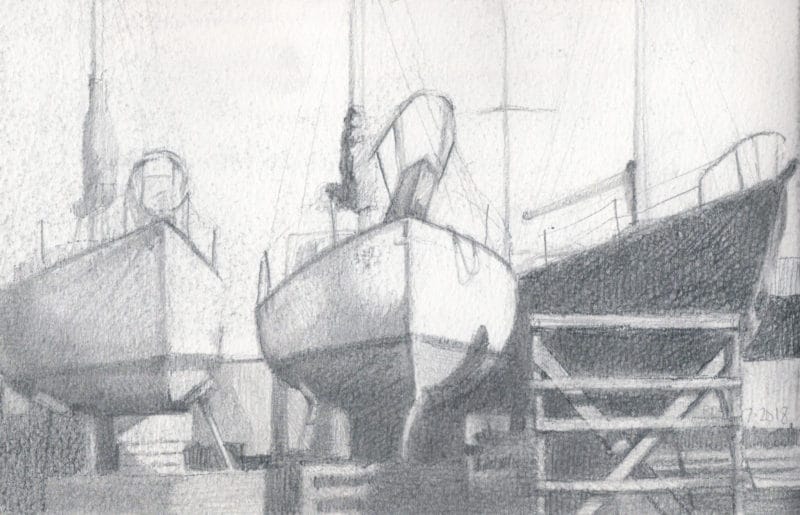
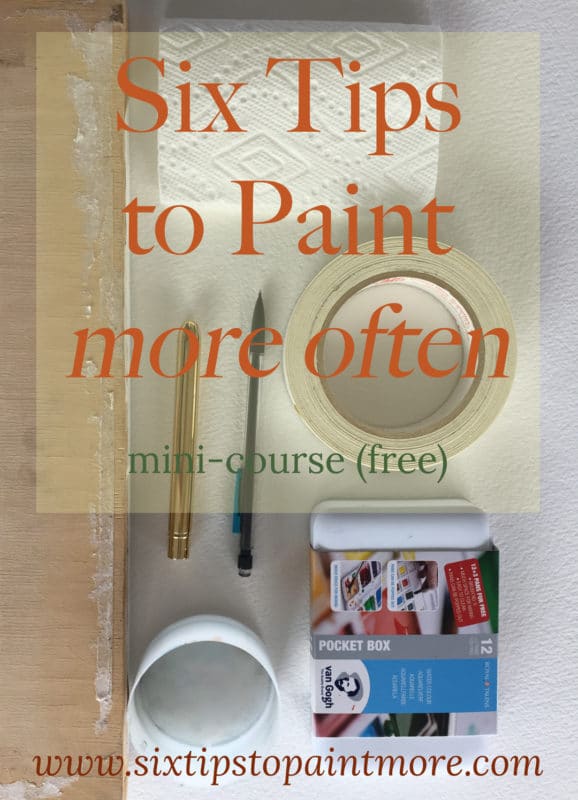

I love all these sketches! Makes me want to quit my job and doodle my way thru life :). I will put out a couple sketchbooks in strategic places as part of my plan — thanks to you — to do more short sketching sessions. So good to be in your circle of inspiration, thank you! xxx
Dear Lenore, I’m grinning that you feel a little tickle of inspiration, and I hope your sprinkling of sketchbooks in strategic places urges your hands to reach for pencils and drawing materials frequently! It’s so good to get into the swing of this practice. Especially as you wind down the day. As effective as a glass of wine and a fireplace, but adding those to your evenings are highly recommended too. 🙂
Good suggestions, thank you.
Yes, we do, on the mainland in Vancouver. Maybe I can mail order. I will definitely get a mat cutter, in any case. I was very disappointed with the look of the experiment I tried. I have found that sometimes people rationalize their lack of sales on various external factors when really it is the work itself that just doesn’t have the appeal. We don’t always realize that people want something they can enjoy on a daily basis. I did find that in my first (and so far only) print show, the ones that sold were the ones that were framed properly. Thanks for your help
Hi Jan, I’m glad you have an IKEA, and yes, having frames shipped is an option too. Ive done that. If you live in an area where there are galleries and frame shops, someone supplies their frames, matboard and backing, usually via delivery truck. Find out who they use, and ask if you can get on the delivery route for occasional orders, or ask a local frame shop if you can have your orders delivered to their site for pick up by you the next day.
This post was so helpful to me! I have a hard time keeping a sketchbook because I want to get right to the painting. The reasons to work small are exactly what I’ve been trying to reconcile. Thanks for pushing me along in my thinking! Love your posts!
Hi Marie! I used to feel the same way – and I’d jump into a painting without really thinking it through. I hope you find small studies and sketches with notes and thoughts and plans to be helpful! Thanks for your feedback, and happy art-making to you!
Thank you! Wonderful post
It isn’t easy to push away the overwhelming what to create mood. Your article will help me teach myself to not feel so overwhelmed.
Hi Maywyn, I’m glad the words resonated with you. We have to remind ourselves that it’s all just ART. We aren’t curing cancer, or crossing an ocean in a row boat. It’s supposed to be fun. A simple form of expression. Doodle. Sketch loosley. let your mind wander *while* your pencil or pen plays across a page in your sketchpad. It’s like warming up before exercising, and if all you do if fill a few pages with notes and spiral doodles, that’s SOMETHING. It counts. It’s part of the journey. Make something soon.
Thank you for this, and all your other posts. I’m a ‘returning artist’ and trying to find my feet and style all over again. One thing I’m struggling with (apart from the actual art!) is how to present prints and watercolours on paper. Have you ever tried mounting on panels and varnishing? I was told by an experienced artist that works of art on paper are not selling, that people like things to be framed without glass these days. When you do that with a small painting it looks even smaller. What are your thoughts on this? I used to make miniature books and illustrate them, so I am very accustomed to working small.
Thanks.
Hi Jan, Welcome back to your art. I hope your return is fruitful, and the slow and steady climb to become limber again is loaded with encouraging, palpable growth. On display of small watercolors and prints, I haven’t mounted and varnished originals. To control the costs of framing, years ago, I bought a mat cutter, created an account at International Moulding (frame distributor) and I frame everything on my kitchen counter. It’s the only way I’ve found of presenting framed work affordably. I wholeheartedly disagree with your friend’s statement. Works on paper are selling just fine. And glass on original works is expected, and required in a professional as well as private (home) setting. I know an artist who buys standard sized frames at IKEA, and cuts his own mats, and frames all his work that way. Do you have IKEA in Canada?